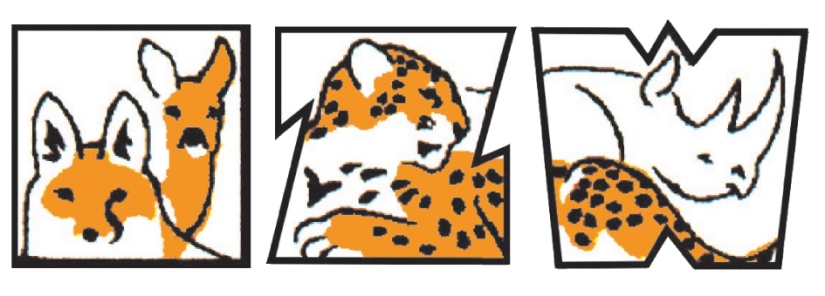Last year, I unexpectedly received an invitation to give a plenary at the Swedish Oikos Meeting in Uppsala. A plenary is a presentation for which all the conference members come together. It usually lasts 45 minutes + 15 minutes questions. Commonly these types of presentations are given by ‘silverbacks’, people with an impressive track record in academia. So imagine my surprise to receive such an invitation.
Why me? Are you sure you did not mistake me for someone else? What could I possibly have to say that a whole conference could find interesting? A little voice in my head was whispering: “RUN”. Then, shortly after my initial shock and fear, I realized what a great opportunity it could be. Not just for me, but for early-career woman researchers in general. Showing that we do have something interesting and inspiring to say.
So I started focussing on my presentation. I quickly decided on the main topic and the structure. For me, visualizing a tree helped a lot. ‘Animal social networks’ would be my trunk, ’causes’, ‘consequences’ and ‘applications/future directions’ my main branches, my studies the twigs and pretty pictures, quotes and movie clips the leaves. A good friend told me about SlideCarnival.com, a website with really cool free powerpoint templates and one of them I used to inspire my own. Personally, I like a bit of humour in a presentation, so I also decided that I needed manipulated pictures of movie stars, to refer to my study species (of course). Incorporating humour and beautiful pictures is mostly a tool for me because it makes me really enjoy making the presentation even if the audience would not actually care so much about it.
It took quite a bit of time to get the number of slides right because I was not used to giving a presentation of that length. And then I needed to practice, practice, practice. For this, I figured that I (of course) needed my own remote clicker/pointer. It’s maybe a bit nerdy, but I can really recommend this to everyone!
And then it was time to give the presentation. I was very nervous, but not paralysing. I had met the organisation, the other plenary speakers and some other participants at the conference the day before and they were all very nice people. Knowing that there would be kind and interested people in the audience helped me a lot in calming down and actually enjoying giving my talk. Still, I thought I saw a lot of uninterested and sceptical faces while I was speaking. Luckily, I know from experience with other (shorter) talks, that this is usually just in my head and I managed to not let it influence me too much.
The talk went very well, I think. I forgot some things (I always do), but nothing essential. And afterwards, I got a lot of positive feedback. Of course, nobody (except for sadists) would come to you afterwards and say your talk sucked. But overall I had a really good feeling about it. I was very happy that I had accepted the invitation and felt ‘brave’ in a way.
I hope that more and more conferences will also start giving early-careers an opportunity to present themselves and their work via a plenary. We do have some interesting things to say :-).

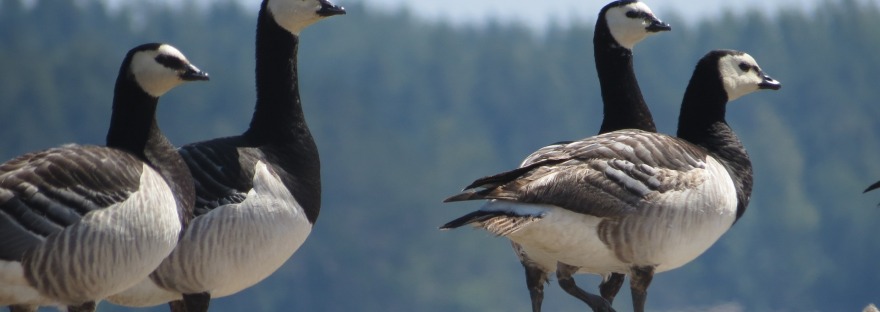

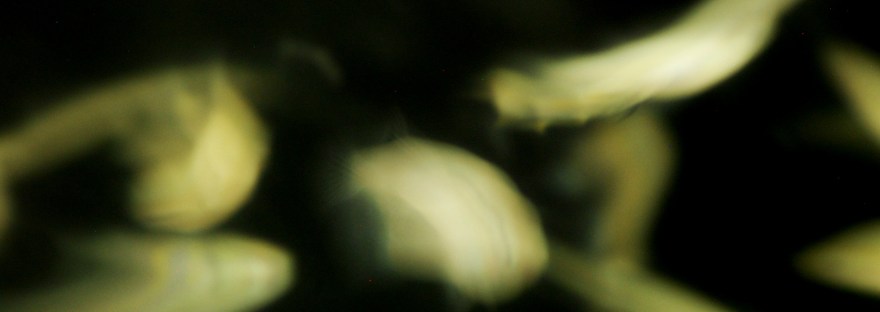
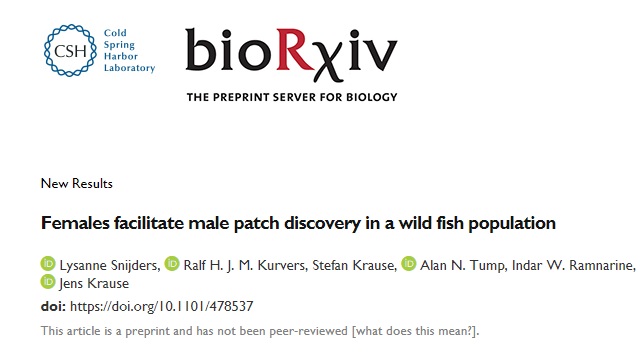
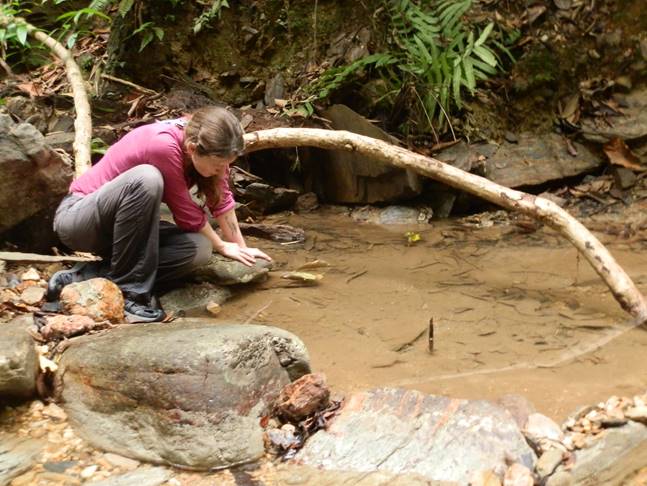
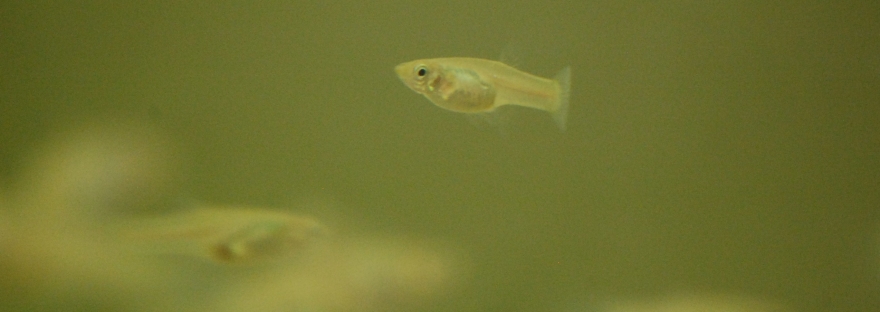
 How do you find food when the food is never exactly present at the same place or time? Wild guppies living in the rainforest of Trinidad are faced with this vital question every day. Looking at guppies, it turns out that there are a few keys to finding unpredictable food: being social and surrounding yourself with females.
How do you find food when the food is never exactly present at the same place or time? Wild guppies living in the rainforest of Trinidad are faced with this vital question every day. Looking at guppies, it turns out that there are a few keys to finding unpredictable food: being social and surrounding yourself with females. 
